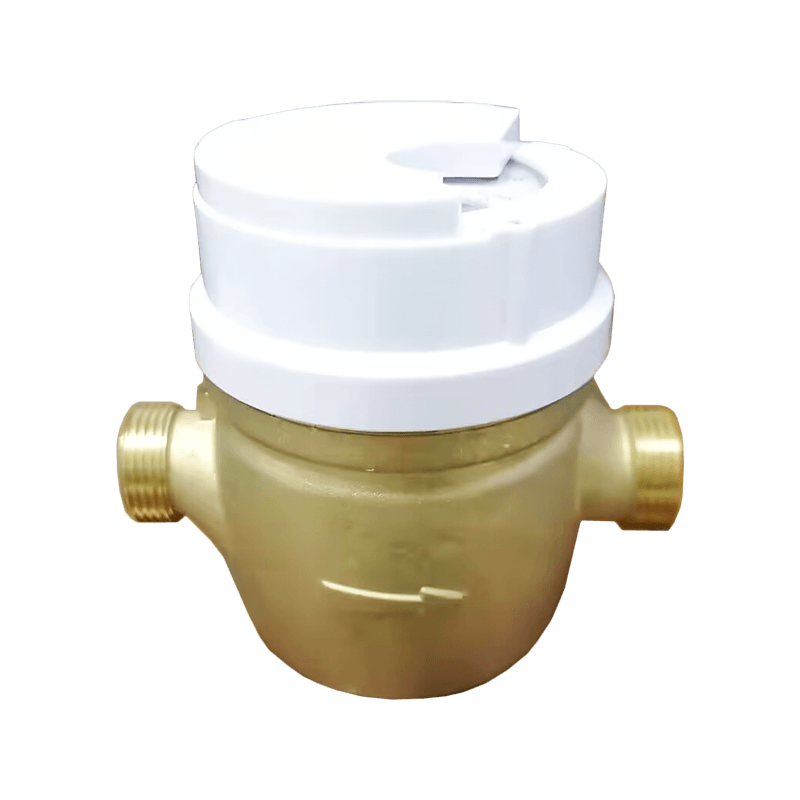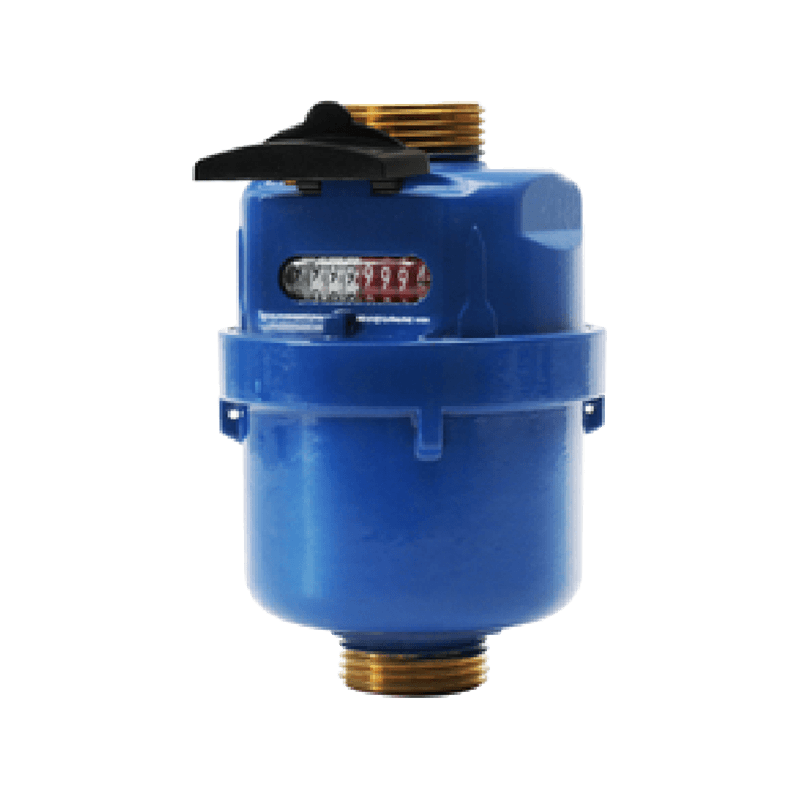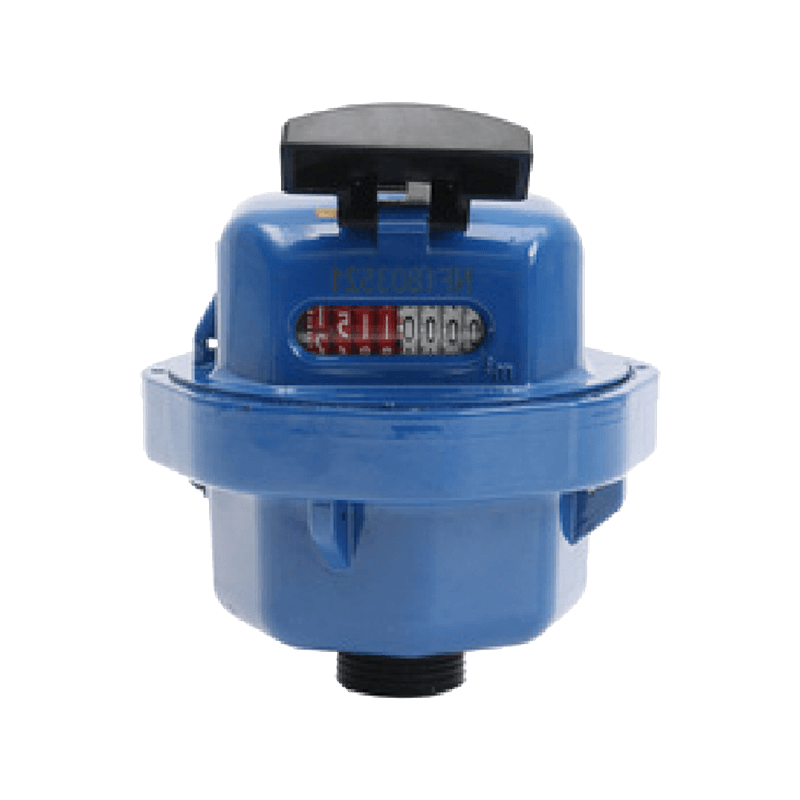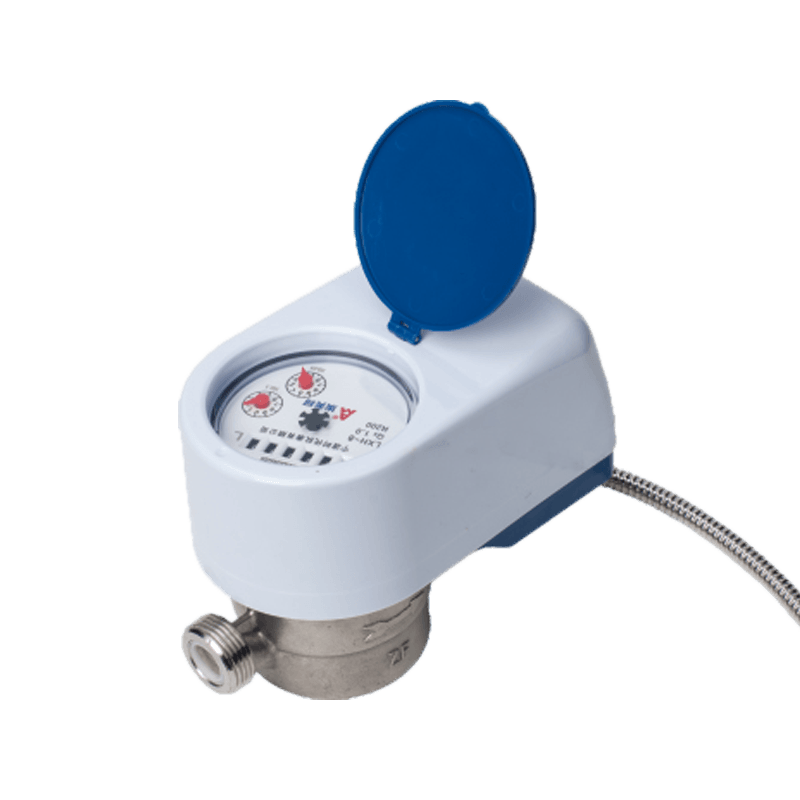A smart water meter uses sensors installed inside the meter reading panel to convert mechanical readings into electrical signals. The data is then collected, transmitted, and stored, enabling real-time visualization of water usage information. Ningbo Shidai Instrument Co., Ltd., a professional manufacturer under the AMICO Group, has developed a complete product line from basic mechanical meters to full-featured smart water meters, with annual sales exceeding 100 million yuan. The company possesses comprehensive R&D, quality control, and OEM/ODM capabilities.
1. Improved measurement accuracy: Sensors directly measure flow rate, resulting in significantly lower error than traditional mechanical water meters.
2. Enable remote meter reading: Supports RS485, M-BUS wired, and wireless methods such as LoRa, NB-IoT, and GPRS, eliminating manual meter reading costs.
3. Assists in water conservation management: The platform provides real-time monitoring of abnormal water leaks, tiered water pricing, and other issues, helping users promptly identify and address water waste. 4. Data-driven Decision-Making: The big data platform analyzes water usage behavior, providing a basis for water supply companies to coordinate pipe network operations and locate leaks.
Smart water meters offer significant advantages in metering accuracy, operational efficiency, water conservation, and information-based decision-making, making their installation a highly recommended option.
How do I check my smart water meter?
1. Visual Inspection
Confirm that the dial, sensor, and communication interface (RS485/M-BUS, wireless antenna) are intact.
2. Communication Status
Check whether the meter is successfully reporting data via the concentrator or gateway. If using wireless communication, check the signal strength using the mobile app or platform.
3. Reading Verification
Compare the meter's real-time water usage with actual water usage (e.g., manually recorded water usage). The error should be within the product's technical specifications (typically <1%).
4. Functional Self-Test
Some models feature a self-test indicator or LCD display to check for fault alarms or valve anomalies.
If an anomaly is detected, contact the manufacturer's after-sales service or use remote commands for diagnosis. Some smart water meters support remote valve opening and closing to quickly restore water supply.

Web Menu
Product Search
Exit Menu
NEWS

Is installing a smart water meter a good idea?
-

The body shell is made of high-quality copper material. The water meter must be installed horizontally, so that the reading face of the water meter faces upwards and the direction of the arrow is the ...
See Details -

The body shell is made of high-quality copper material. The water meter is installed vertically. It adopts a rotating piston structure, with continuous metering movement, balanced force, and stable ou...
See Details -

The body shell is made of high-quality nylon material. The water meter is installed vertically and adopts a rotating piston structure. Its metering movement is continuous, the force is balanced, and t...
See Details -

The body shell material is stainless steel. It adopts a rotating piston structure, with continuous metering movement, balanced force, and stable output water flow; at the same time, it has low initial...
See Details
- Add: No.68 east tonghe road,luotuo,zhenhai district, Ningbo,China
- Tel: +86-574-87485922
- Phone:+86-574-87485922
- WeChat: +86-574-87485922
- Fax: +86-574-87485922
- Email: 13858361027@163.com
Copyright © NINGBO SHIDAI INSTRUMENT CO.,LTD All Rights Reserved. Commercial Water Meter Manufacturer Water Meter Factory



 English
English 中文简体
中文简体